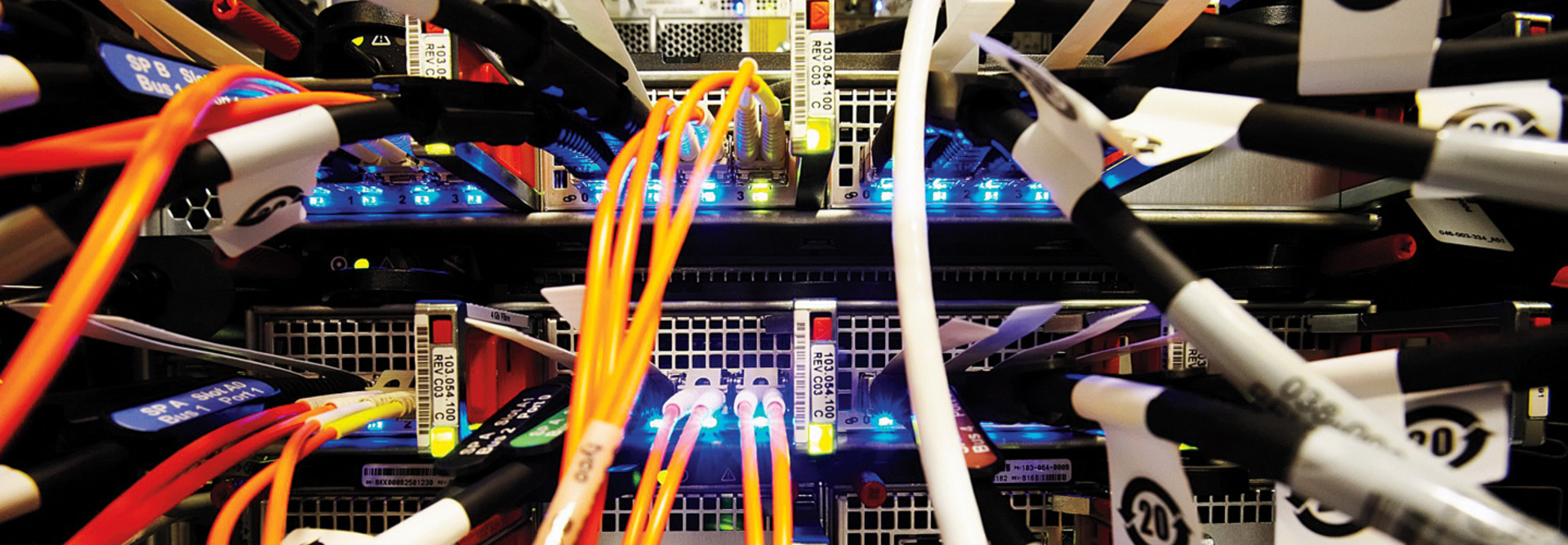Can School Infrastructure Keep Up with Technology Demands?
Technology, when used well, can transform teaching and learning and enable two critical items in the classroom (and beyond) that previously were unavailable to the extent that they are now: rich data to inform instruction and scalable, student-centered learning.
Those affordances of technology-based learning support highly personalized learning environments, now in their infancy as teacher practices and digital tools and content co-evolve. Still, the mere promise of personalization holds significant challenges for the technology infrastructure supporting schools.
Percentage of schools that do not have enough bandwidth to meet the current needs for digital learning
SOURCE: Education Superhighway, “Connecting America’s Students: Opportunities for Action,” April 2014
There are numerous demands on school networks that lead to breaking points in traditional design.
Once districts move to a one-to-one or bring-your-own-device environment, the growth on demand for network capacity becomes exponential.
Most districts are not able to afford full-time network architects and engineers to scale and manage their networks. Districts that rely heavily on remotely located or cloud-based resources also will need increased bandwidth to support those services.
For many districts, forward-looking network planning has not been strategic, nor does it account for business continuity or disaster recovery.
Creating Smart, Scalable Networks
So, how can districts overcome such challenges?
To create a smart, scalable network that’s also reliable, flexible and cost-effective, officials may need to completely rethink the network architecture in a holistic way. Every district is different, and how comprehensive design is applied to a given district network will vary; however, there are trade-offs and practices that every district should consider when embarking on a smart education network implementation.
Begin with a shared vision of the network’s purpose. How will it be used today and five years from now? What is the goal for students, and how will technology support that? A shared context is critical for making these important decisions. Without it, each functional area will optimize for their own subsystem, leading to a degradation of the system overall.
Create a cross-functional team with the job of understanding the infrastructure implications of different decisions regarding the digital environment.
Document the current network design, including the wide area network (WAN) and telephone systems, and identify alternative providers of services in addition to the traditional vendors. Be sure to identify the current information and communication technology infrastructure within your community, region and state.
Identify potential network and fiber providers for the district as well as the colocation, data center services and IP access providers to your community.
Revisit and update design frequently to respond to the changing environment.
Mitigate the growing cost of Internet capacity by identifying the optimal physical location for obtaining Internet services. For many districts, a research and education network, an intergovernmental cooperative network or an Internet point of presence (PoP) offers multiple providers as well as virtualized software, storage and network services. Analyze the trade-off between the cost of connecting fiber to the district through a PoP and the cost reduction available due to eliminating vendor lock-in and reliance on a single provider.
Compare the costs of building, leasing or otherwise controlling the fiber in the WAN in order to eliminate single-vendor dependence for Internet transport. Perform a total cost of ownership analysis between maintaining a physical data center versus remote or virtualized services, such as those available at a carrier-neutral data center.
Mitigate reliability issues by ensuring multiple paths on the WAN, electrical redundancy and other measures. When making investments, evaluate each individually for redundancy and cost. How likely is the failure being mitigated? What would be the impact of the failure? How long would it take to repair or route around the failure?
In most cases, the cost efficiencies and scalability of a high-level design with smart education network strategy, Internet and IP service requirements alone will validate the need for the new network design architecture. However, when the other service requirements for public switched telephone network access, application delivery platform, network/data center solutions, disaster recovery/business continuity and cloud services are considered through a comprehensive and integrated design process, the new network design infrastructure solution will clearly show both the immediate and the long-term strategic value to the district.










